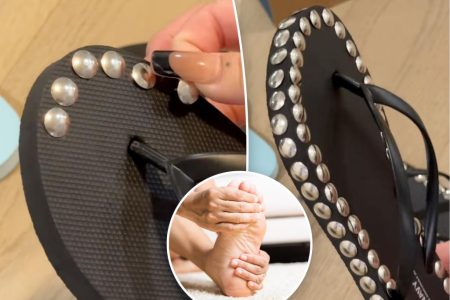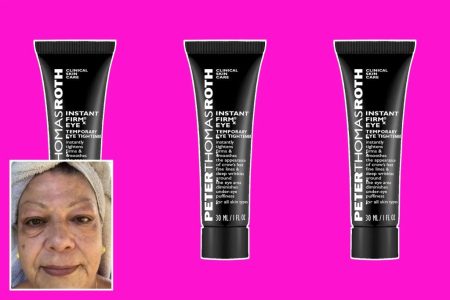The controversial “curl pattern type” chart, created by Oprah’s personal hairstylist Andre Walker in the ’90s, categorizes hair into four main categories (1 to 4) with subcategories (A to C). While it can be useful for understanding hair texture and needs, the chart creates a hierarchy that may make some hair types seem more desirable than others. Additionally, the chart leaves out important factors such as porosity, length, heat/chemical damage, and having a mix of different hair types. Despite these limitations, knowing where your hair falls on the spectrum can be a helpful tool for consumers, especially as the industry evolves with more products and techniques tailored specifically for different hair types.
One specific hair category that has gained attention in recent years is 4A hair. According to Aveda Global Artistic Director of Texture Renee Gadar, 4A hair is characterized by a smoother cuticle layer, more shine, and more consistent defined coils compared to 4B and 4C hair. The tightness of the coils or curls in 4A hair sets it apart from other hair types and affects how it should be cared for and styled. Understanding the nomenclature of curly, coily, and kinky hair is essential in determining the specific needs of different hair textures.
Knowing if you have 4A hair texture can be determined by examining the thickness of individual hair strands. Hair can range from as thin as a spider web to as thick as dental floss, indicating the fine or coarse nature of the hair. However, it is important to note that many individuals have a mix of 4A-C curls, making it challenging to pinpoint a specific category on the curl pattern chart. This variability in curl patterns and textures highlights the limitations of the chart and emphasizes the importance of understanding the unique needs of individual hair types.
Caring for 4A hair involves a combination of shampooing and co-washing to maintain the hair’s health and moisture balance. Over-shampooing can strip the hair of its natural oils, so incorporating co-washing, or cleansing with conditioner, can help preserve moisture and prevent dryness. Sebum, the natural oil produced by the scalp, takes longer to travel down the hair strand in 4A hair, making it important to find a balance between shampooing and co-washing to keep the hair in optimal condition. Understanding the specific needs of 4A hair and tailoring a care routine accordingly can help maintain healthy and vibrant curls.















